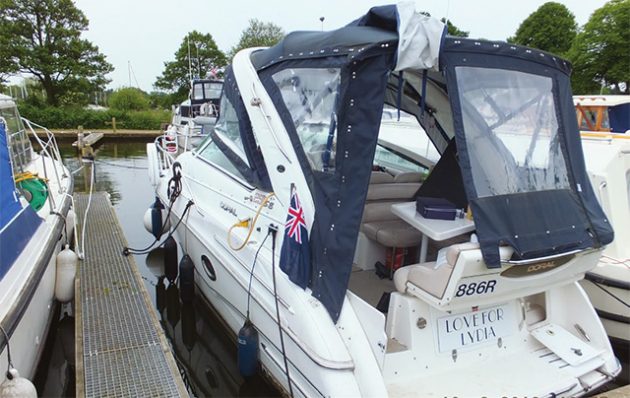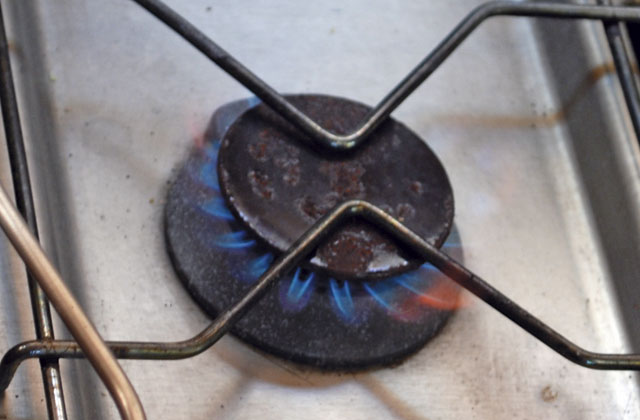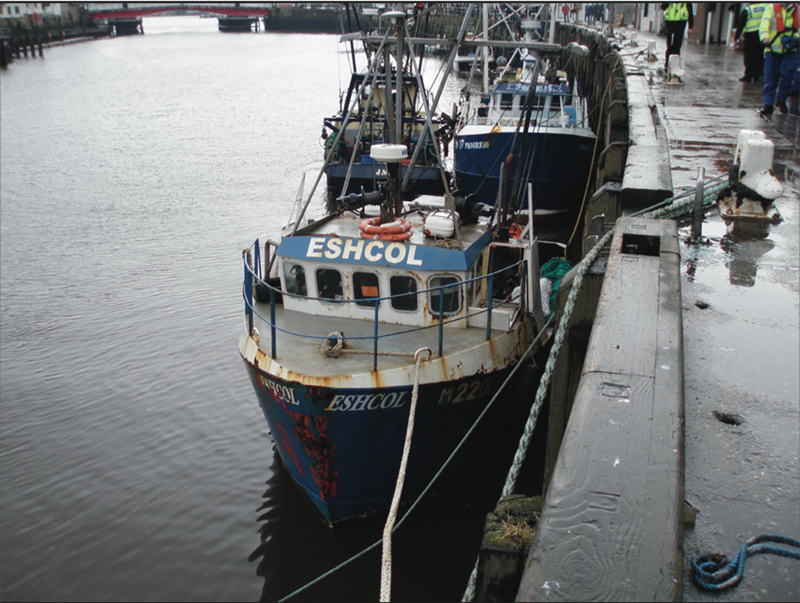Lessons learned from a carbon monoxide boating tragedy on the Norfolk Broads, which killed a couple and their dog.
A summer holiday on the Norfolk Broads on board a 15-year-old Doral 250 SE ended tragically when a couple and their dog were killed by carbon monoxide.
At the time of the accident the motor cruiser Love for Lydia was moored at a quiet river island location at Wroxham, with its petrol engine running.
A total of 16 boaters have died from the toxic gas in exhaust fumes in the past 20 years.
The Marine Accident Investigation Branch has published a safety bulletin following an investigation into the fatal accident, which occurred between 6 and 9 June 2016.

Wet exhaust at boat’s stern
Initial findings
The motor cruiser’s 5.7 litre petrol-driven inboard engine had been left running at 3000rpm while it was moored alongside, probably to charge the batteries.
A slight wind blowing from the stern caused exhaust gas emitting from below the aft transom to enter the canopy covering the aft deck from where it spread down into the accommodation area forward.
During in-situ tests with the engine running the concentration of carbon monoxide from the wet exhaust, reached high levels in the accommodation in less than three minutes.
The accommodation area was not ventilated and the couple and their dog were overcome. No carbon monoxide alarms were fitted.

Safety lessons
1. Carbon monoxide is a by-product of combustion appliances fuelled by oils, solid fuel or gas. It has no smell, no taste, is colourless and is extremely difficult for human senses to detect.
Therefore, it is essential that carbon monoxide alarms are fitted in areas where carbon monoxide could accumulate and pose a risk to health (such as the accommodation areas of motor cruisers). When selecting a carbon monoxide alarm, preference should be given to those marked as meeting safety standard EN 50291-2:2010, which are intended for use in a marine environment. It is essential to fit alarms following the manufacturer’s guidance, to test them routinely using the test button and not to ignore them.
2. The use of canopies can potentially increase the risk of poisoning, even when a boat is making way. Although external engine exhaust outlets discharge exhaust fumes into the open, the wind, aerodynamic effects and the proximity of nearby structures frequently result in the fumes entering the boat. Ensure that all spaces, including those under a canopy or an awning are always well ventilated. Never ignore the smell of exhaust fumes in any enclosed space.
3. Carbon monoxide is a silent killer. Its symptoms can be similar to colds, flu or hangovers; headaches, dizziness, nausea, vomiting, tiredness, confusion, stomach pain and shortness of breath are warning signs of its presence. If carbon monoxide poisoning is suspected, stop the source, get to the open air and seek medical attention.
Jonathan Shaw, chief executive of policy connect and the former Minister for Waterways, said: ‘If you can smell exhaust fumes in the cabin there is an issue that needs your attention. If those are petrol engine fumes act immediately.
‘At low concentrations over longer periods it can cause long-term health and memory problems. Higher amounts of CO can kill in just a few minutes.’Graham Watts the Boat Safety Scheme manager said: ‘CO is a colourless, odourless gas, hence the well-known silent killer tag, but you can smell the fumes from the exhaust, so that is why we promote the simple advice if there are exhaust fumes in the cabin, find out why, act to stop the problem and don’t put it off.
‘Safe boating is to understand and take control of all risks. This includes knowing about the CO risk and being able to recognise the symptoms of CO poisoning.’
He added: ‘Our records point to the fact that those new to boating may not be so aware of the CO risk as experienced boaters. If you know someone new to boating, why not have a chat about CO and point to the good safety advice on our BSS website.
‘Following the straightforward advice on the BSS website and having suitable working CO alarms on board as a back-up, will help you and your fellow boaters have a happy and incident-free time afloat.’
Further advice on how to avoid carbon monoxide poisoning on boats, and more detail about carbon monoxide alarms, produced by the Boat Safety Scheme (BSS) and the Council of Gas Detection and Environmental Monitoring (CoGDEM), can be found at:http://www.boatsafetyscheme.org/stay-safe/carbon-monoxide-(co)
Are you wise to carbon monoxide poisoning?
The Boat Safety Scheme is asking boaters: 'Are you wise to carbon monoxide poisoning?' following an inquest hearing into two…
Boaters warned about the dangers of portable generators
Blunt warning about the dangers of using portable generators onboard from leading inland boat safety body
Warning after boat fire explosion caused by petrol spillage
Flammable vapours caused by a petrol spillage sparked a boat explosion that injured four adults and two children, say fire…
Check your boat’s gas system
Considering gas is the most dangerous substance likely to be on board, you’d be surprised how far down the list…
Carbon monoxide warning to boat owners following double tragedy
Two young men died when they left a gas cooker grill on to heat their boat
Minimise carbon monoxide risks on boats
Fire and safety company Safelincs has produced a free safety booklet
Portable gas cooker advice for boat owners
Boat Safety Scheme warning aimed at daysailers as well as inland waterways users











